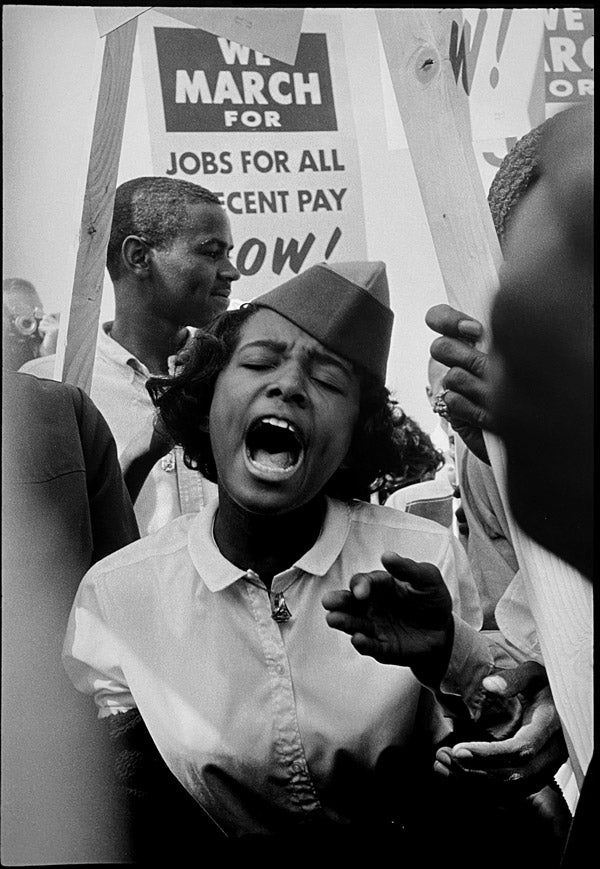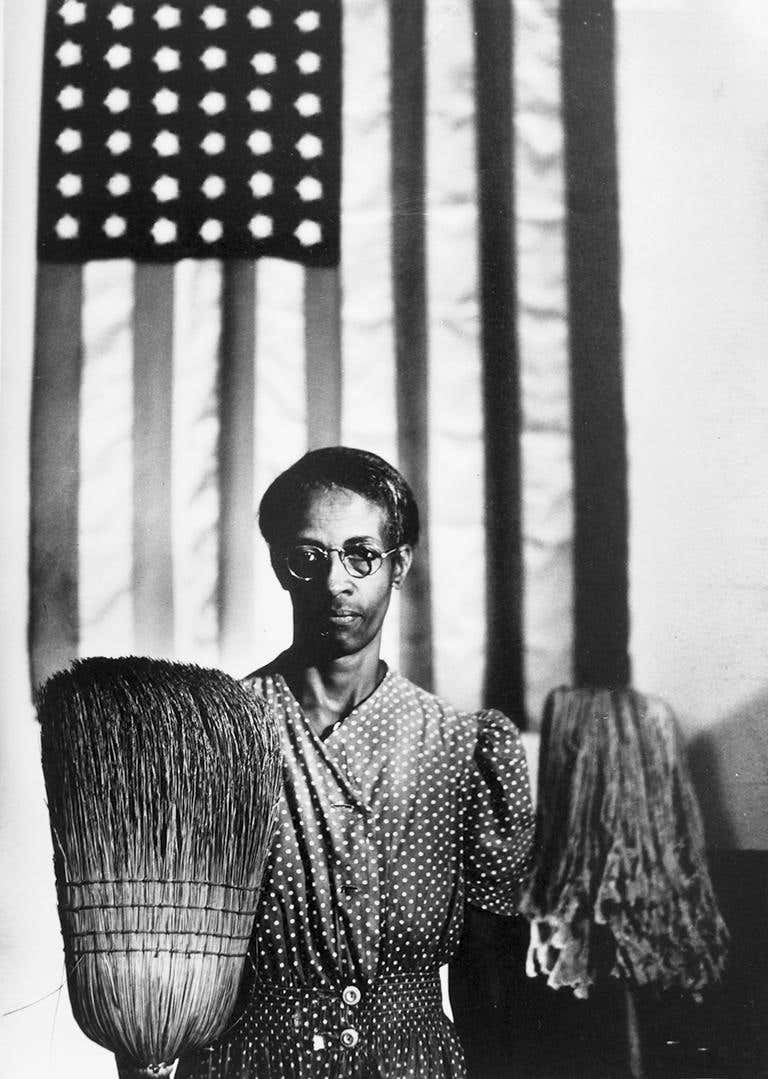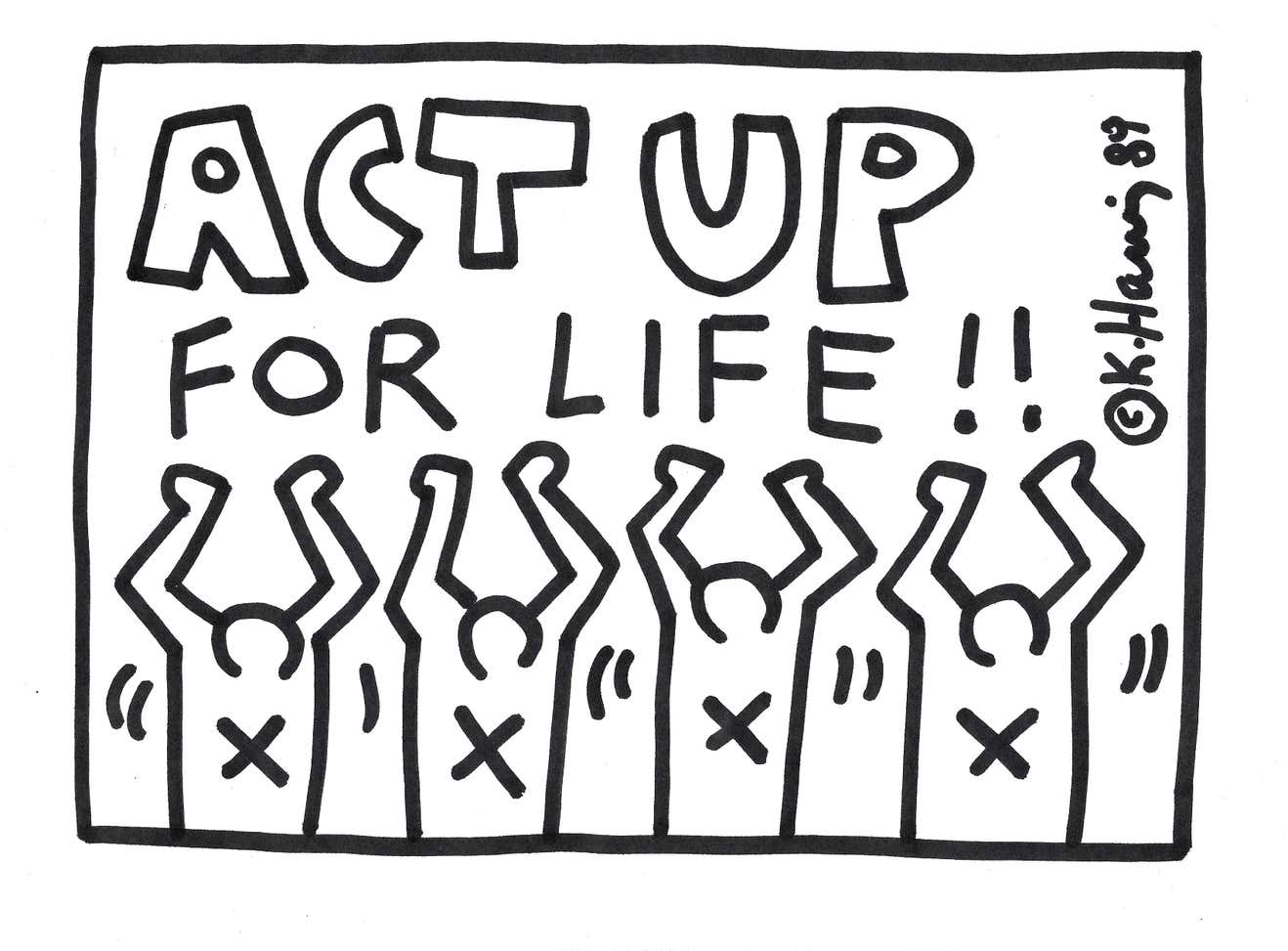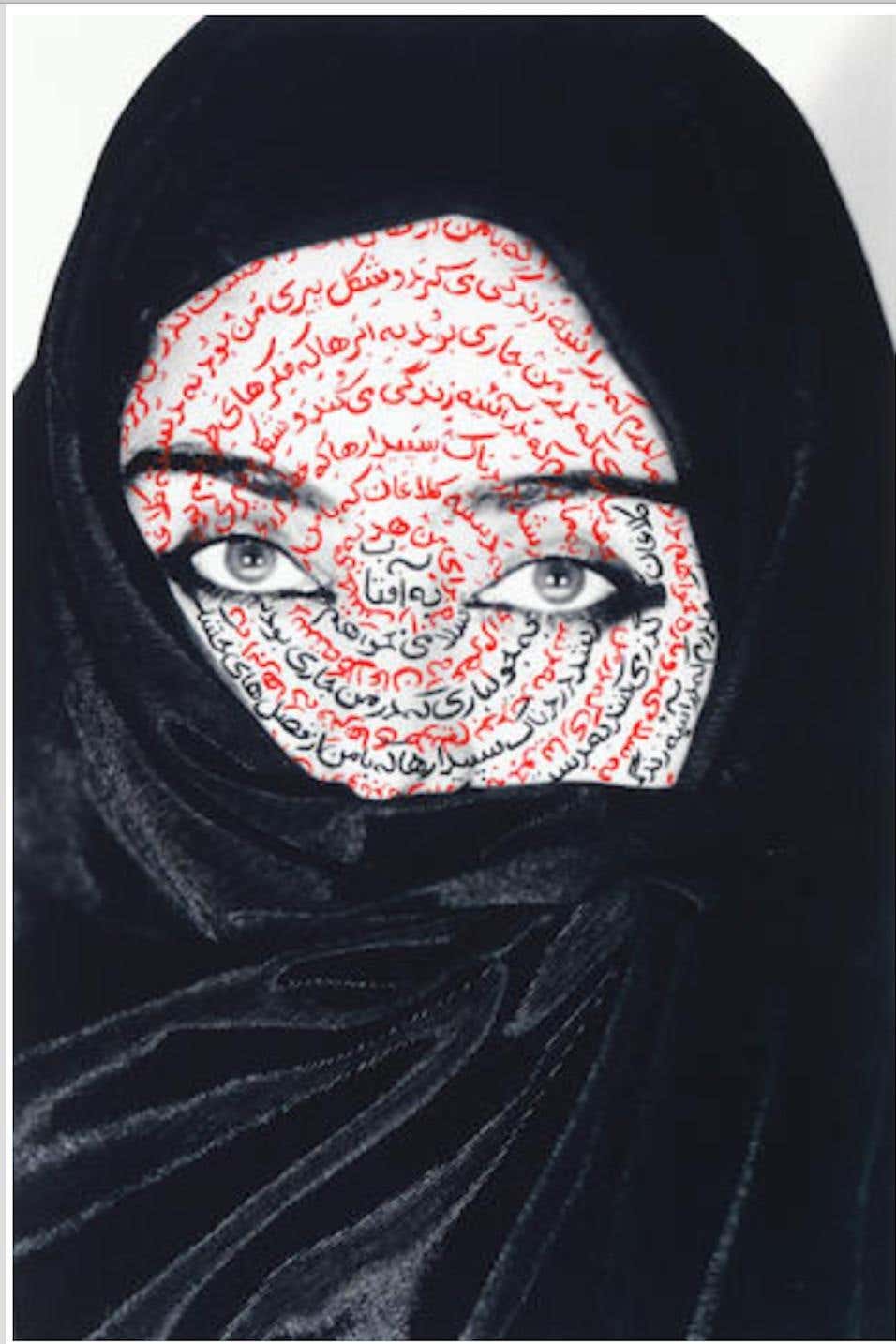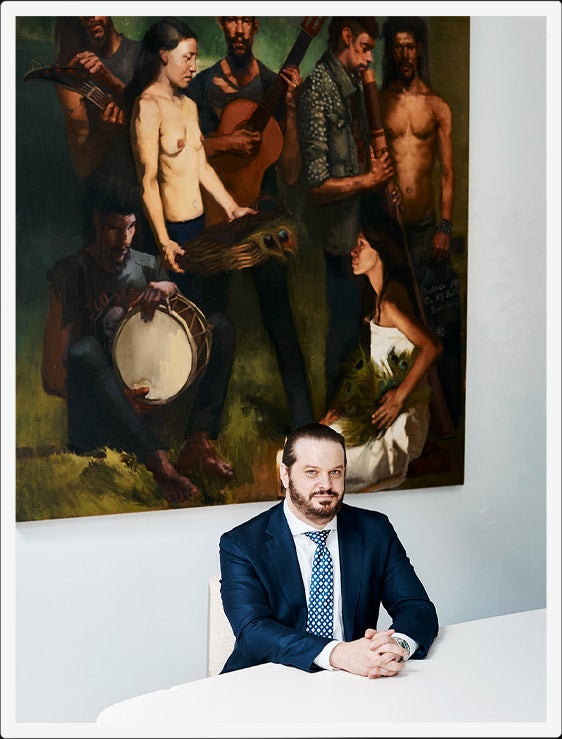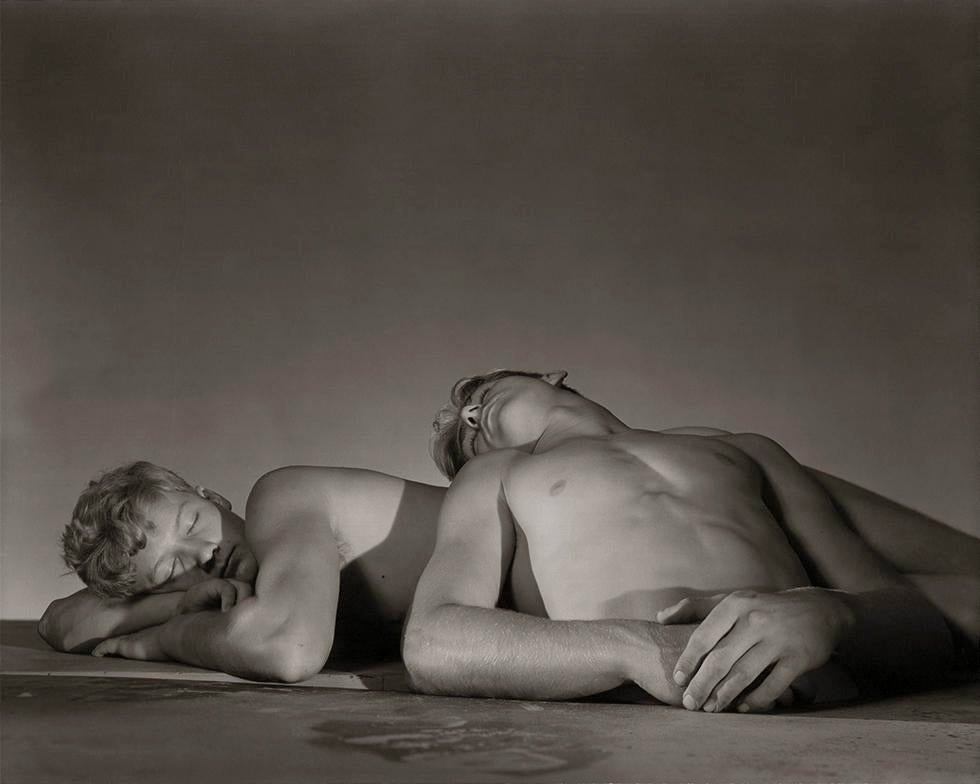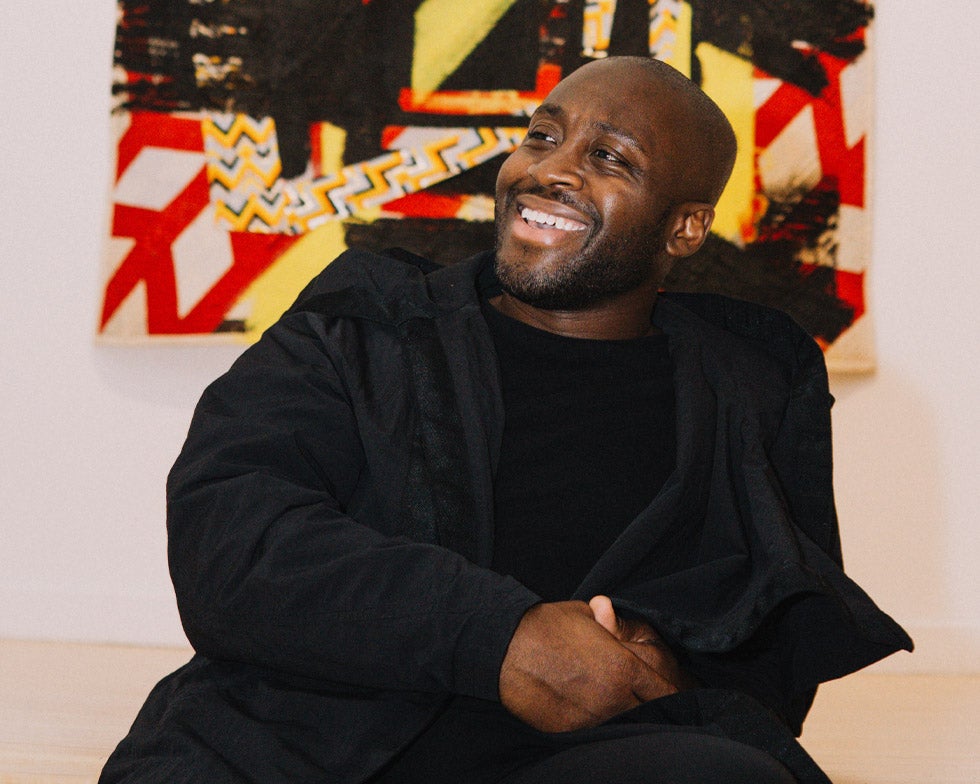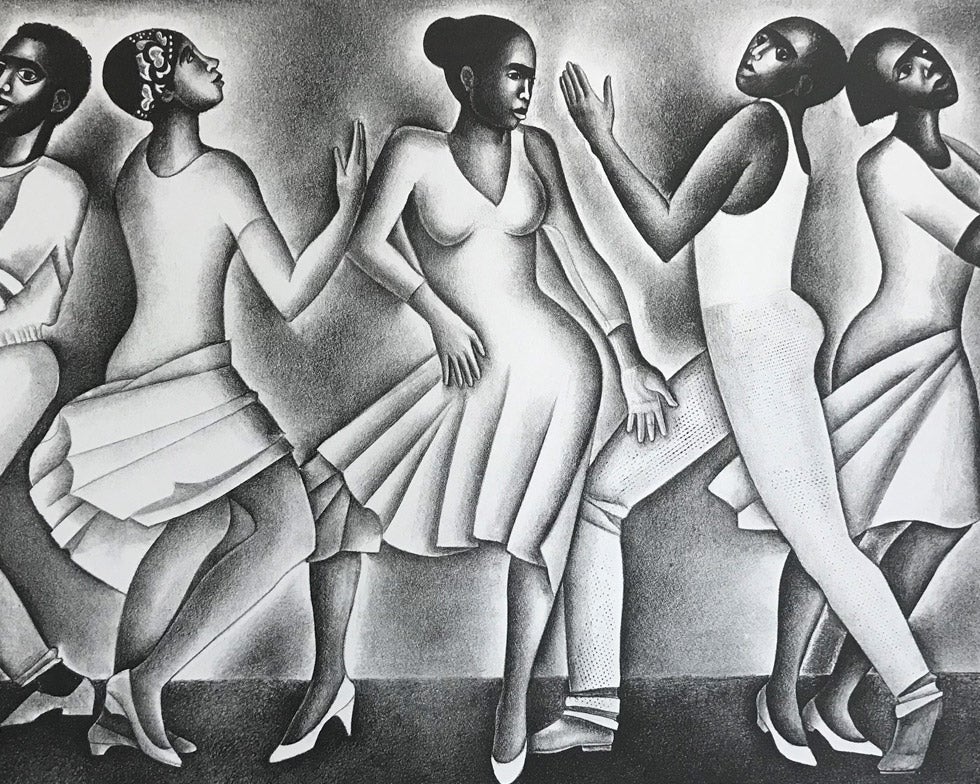2020
THE YEAR IS MARKED BY CIVIL UNREST AND SOCIAL CHANGE.
1stDibs is proud to offer a platform for artists who use their work to shine a light on humanitarian concerns. We honor movements, both past and present, that struggle for equality and justice.
Leonard Freed (1929-2006) used his photography to explore social change, especially the Civil Rights Movement of the 1960s. This photo is from that era but captures a universal emotion and shared humanity that transcends time.
Leonard Freed (1929-2006) used his photography to explore social change, especially the Civil Rights Movement of the 1960s. This photo is from that era but captures a universal emotion and shared humanity that transcends time.
Art and The Politics of Protest
Our in-house experts have selected these works for their ability to convey profound social messages with the use of a distinct visual language.
Diego Rivera, Open Air School, 1932
Rivera's 1932 lithograph shows an indigenous teacher with an open book in her hand, speaking to a group of students in a field. Following the Mexican Revolution, those who fought for independence pledged to bring literacy to the masses, a goal that was unwelcomed by conservatives whose power was threatened by an emerging educated class.
Barbara Kruger, Don't Make Me Angry, 1999
This American conceptual artist explores feminist behavior and mass consumerism on the mainstream by layering text over pop images. Her 1999 black-and-white screen print features the short phrase, "Don't Make Me Angry," as a commentary on domestic abuse and violence toward women.
Jacob Lawrence, Confrontation at the Bridge (Selma, Alabama), 1975
In Jacob Lawrence's 1975 work, hundreds of civil rights marchers leave Selma, Alabama, on a peace march to Montgomery. They were met with resistance by local law enforcement and townspeople on the Edmond Pettus Bridge and repeatedly turned back. Led by the Reverend Martin Luther King, Jr. and other freedom fighters, the march is one of the defining moments in the 1960s fight for Civil Rights.
Elizabeth Catlett, THE DOOR OF JUSTICE, 2000
Artist Elizabeth Catlett dedicated this hand-drawn, limited edition lithograph to the pioneering work of civil rights lawyers and the barriers confronted by their clients. The figurative portrait shows two lawyers — male and female — opening "The Door of Justice" to a gathering of African American people outside the doorway.
Patricia Montgomery,
JoAnn Robinson, 2017
Following Rosa Parks' 1955 arrest, JoAnn Robinson mimeographed 52,000 flyers calling for a boycott of the Montgomery bus system to be passed throughout the black community. The hope was that they would stay off the buses for one day — but the boycott lasted for weeks which led to the establishment of the Montgomery Improvement Association with Reverend Dr. Martin Luther King Jr. as president.
Gordon Parks, American Gothic, 1942
In the 1940s, Gordon Parks sought to document older African Americans and how they dealt with the daily indignities of their jobs. He photographed Ella Watson as she went about her day cleaning the offices of the Farm Security Administration to create "American Gothic." It was meant to indict the inequality present in "the land of the free" and came to symbolize life in pre-Civil Rights America.
Ai Weiwei, Odyssey, 2017
One of China's most famous contemporary artists, Ai Weiwei addresses political activism with visual art. In this 2017 lithograph, Weiwei used classical Greek friezes and the motifs from ancient vase paintings to address the refugee crisis affecting nations worldwide.
Keith Haring, Untitled, 1989
Haring will forever be remembered as an artist who shirked the elitism of art and brought expression to the streets and its people. His own HIV diagnosis in 1987 propelled him into activism for the remaining two years of his life. He chose to confront the virus in his works as a way to raise awareness. "Act Up for Life" was created in 1989 as an invitation to a benefit dance party for ACT UP (AIDS Coalition to Unleash Power).
Shirin Neshat, I Am It's a Secret, 1993
Shirin Neshat's print explores the politics of women living behind "the veil" in Islamic countries. The veil is intended to protect women's bodies from becoming the object of the male gaze — but it also protects women from being seen at all. Neshat subscribes to feminist theories that describe how the "male gaze" is normalized in popular culture — and commonly paraded as objects of desire in advertising and film.
Silence=Death Collective, Let the Record Show, 1987
Avram Finkelstein founded the Silence=Death project in 1987 with Jorge Socarras, Chris Lione, Charles Kreloff, Oliver Johnston and Brian Howard during the AIDS crisis to raise awareness of the virus. The group decided to create this poster which copies of were pasted guerilla-style around New York City. The work used the phrase "Silence=Death" and a pink triangle, referencing the persecution of homosexuals in Nazi Germany in the 1930s and 1940s.
Seller Spotlight
Founded in 2015 by former surgeon Barry Malin, this New York-based gallery offers works by often under-represented living talents, many of whom are African or African-American. Exhibitions of these artists' works are often united by their sociopolitical messages, a characteristic that took on greater meaning in 2020 when the Black Lives Matter movement brought awareness toward marginalized groups.
From Introspective
We took a look at how art has shaped the evolution of social views on sexual and gender norms.
From Introspective
The curator and the organization he cofounded have multi-pronged solutions for making the arts more inclusive for at least the next 100 years.
From Introspective
The artist's prints and sculptures reflect the power and joy of the African American experience, but she remained largely under the radar in her own time. Now, a new generation of artists and curators is enshrining her legacy.
From Introspective
The New Orleans artist pulls together found text and political messaging in his powerful and thought-provoking pieces.


